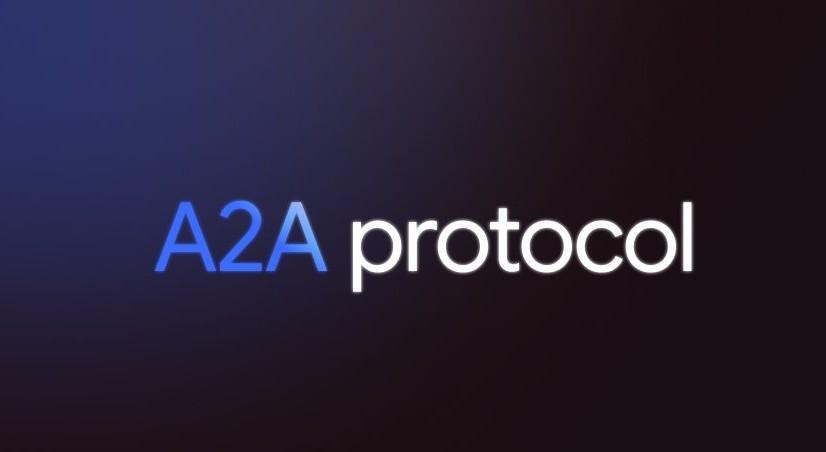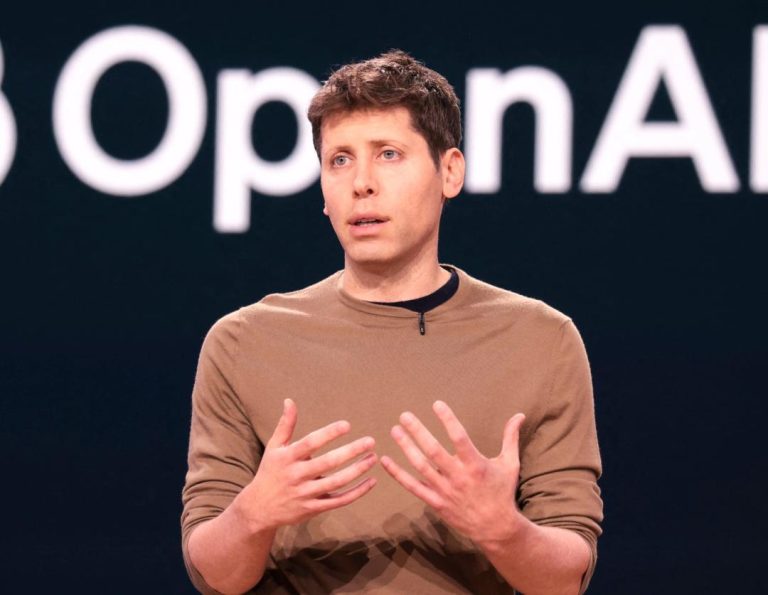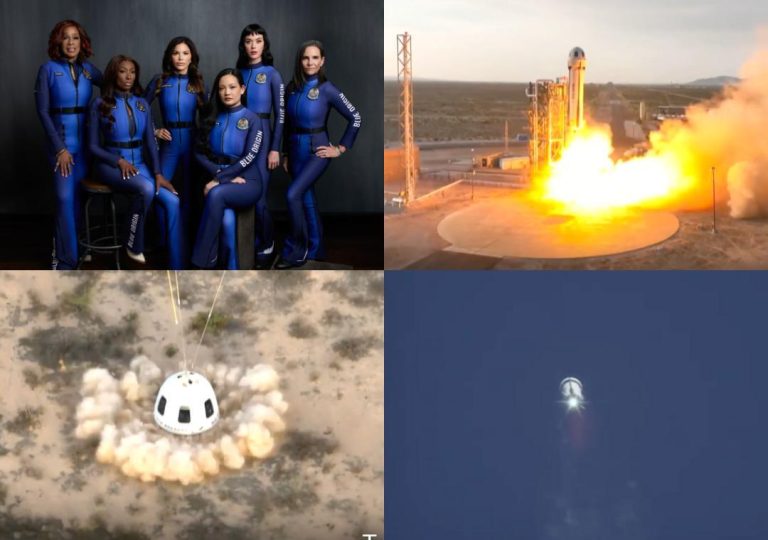
Google Launches A2A Protocol to Enhance AI Agent Synergy
The world of artificial intelligence (AI) has witnessed tremendous growth in recent years, with the development of various AI agents designed to perform specific tasks. However, one of the significant limitations of these AI agents is their inability to communicate with each other seamlessly, hindering their potential to work together effectively. To overcome this limitation, Google has recently launched Agent2Agent (A2A), a new open-source protocol, aimed at enabling AI agents from different systems to collaborate effortlessly.
The A2A protocol is designed to facilitate secure information exchange and coordination between AI agents across various enterprise platforms or applications. This breakthrough innovation is expected to revolutionize the way AI agents interact with each other, paving the way for more sophisticated and efficient AI applications.
In a recent blog post, Google developers announced the launch of A2A, highlighting its potential to bridge the communication gap between AI agents. According to the blog post, A2A is an open-source protocol that enables AI agents to communicate with each other, securely exchange information, and coordinate actions over various enterprise platforms or applications.
The A2A protocol is built on top of existing technologies, such as JSON-RPC and WebSocket, and is designed to be extensible and scalable. This means that developers can easily integrate A2A into their existing systems, allowing their AI agents to connect with any other agent built using the protocol.
One of the significant benefits of A2A is its ability to enable AI agents to communicate securely. The protocol uses industry-standard encryption protocols, such as TLS and SSL, to ensure that all data exchanged between agents is encrypted and secure. This is particularly important in industries where data security is a top priority, such as finance and healthcare.
Another significant advantage of A2A is its ability to facilitate the coordination of actions between AI agents. This is achieved through a message-based architecture, which allows agents to send and receive messages to coordinate their actions. This enables AI agents to work together seamlessly, making it possible to build complex systems that can perform tasks that would be difficult or impossible for a single agent to accomplish.
The launch of A2A is expected to have a significant impact on various industries, including customer service, healthcare, finance, and more. For example, in the customer service industry, AI agents can be used to provide personalized support to customers, while in healthcare, AI agents can be used to analyze medical data and provide insights to medical professionals.
The A2A protocol is also expected to enable the development of more sophisticated AI applications, such as autonomous vehicles and smart homes. For instance, in an autonomous vehicle, multiple AI agents can work together to enable the vehicle to navigate through complex traffic scenarios, while in a smart home, AI agents can work together to control various devices and provide a seamless user experience.
In conclusion, the launch of A2A by Google is a significant milestone in the development of AI agents. The protocol’s ability to enable AI agents to communicate with each other securely and coordinate actions is expected to revolutionize the way AI agents interact with each other, paving the way for more sophisticated and efficient AI applications.
As the AI landscape continues to evolve, it is likely that we will see more innovations like A2A that enable AI agents to work together seamlessly. However, for now, A2A is a significant step forward in the development of AI agents, and its potential to transform various industries is vast.
Source: https://developers.googleblog.com/en/a2a-a-new-era-of-agent-interoperability/






